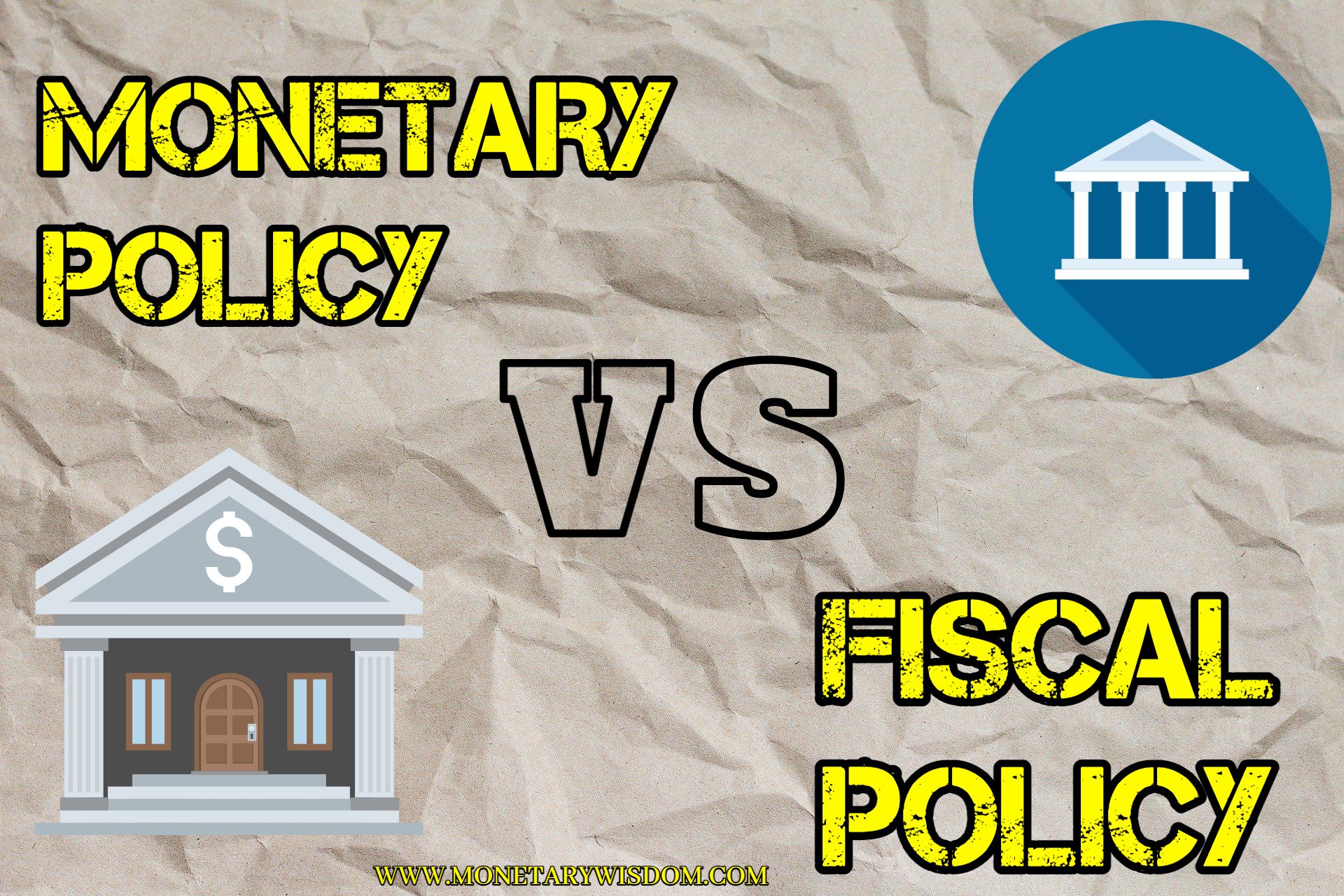Physical Address
304 North Cardinal St.
Dorchester Center, MA 02124

Monetary policy is set by the Federal Reserve and consists of using interest rates to influence how much money there is in circulation. Fiscal policy refers to the government’s collection of taxes, spending, and borrowing. The government uses fiscal policy to influence how much spending there is in the economy.
There is a little bit of confusion between the words “monetary” and “fiscal” because they sound similar and influence the economy. Both monetary and fiscal policies influence the economy through changes in aggregate demand, interest rates, and exchange rates.
Monetary policy is set by the Federal Reserve and the U.S. central bank. The Fed is responsible for setting interest rates and controlling the supply of money. The Fed has few tools that adjust the money supply directly, but it is able to influence the money supply by raising and lowering interest rates.
People and companies use it to borrow money. The federal funds rate, which banks utilize when lending to one another, is one action the Fed takes during an economic crisis. This typically pushes interest rates lower overall, which impacts demand for loans and the willingness of bankers to lend. This is the main way that monetary policy stimulates the economy.
Objectives of Monetary policy
Fiscal policy is set by Congress and the White House and is implemented through the passage of laws, such as appropriations and tax bills, and is usually financed by the Treasury. It mainly deals with government spending and taxation. The president and Congress will reduce taxes in the hopes that more people and businesses will spend more money in difficult economic times.
At this time, the president and Congress commonly increase government spending to help stimulate the economy, such as with public works programs, infrastructure defense, and unemployment benefits until the country’s economy recovers. The government may even provide financial aid to businesses and individuals.
Objectives of fiscal policy
We can say that:
While fiscal policy works directly to advance a country’s economy, monetary policy works covertly to stabilise the financial conditions of the country. During economic crises, the government uses monetary and fiscal policy together to restore economic stability and well-being. This could result in a prolonged recession or perhaps depression.
Let’s talk about the case study
Recently how the government’s response to the COVID-19 crisis is a good example of how monetary and fiscal policy work together to create incentives for production and consumption and to help the economy maintain long-run economic growth.
The virus spread very slowly due to the steps which were taken by the government.
Public safety measures aimed at slowing the spread of the virus nearly brought economic activity to a halt. In response, the Federal Reserve adjusted monetary policy in lowering the federal funds rate to zero to maintain low loan costs.
Quantitative easing is a tool that helps in buying assets to keep money moving without creating any inflation in the economy or diluting the money supply and avoid the financial system from collapsing.
Difference between monetary policy and fiscal policy
– Central banks manage the money supply and interest rates through monetary policy. The central bank will reduce interest rates to boost a sputtering economy by making borrowing less expensive and expanding the money supply. The government can implement a strict monetary policy by raising interest rates and taking money out of circulation if the economy is expanding too quickly.
Fiscal policy determines the way in which the central government earns money through taxation and how it spends money. To stimulate the economy, a government will cut tax rates while increasing its own spending; to cool down an overheating economy, it will raise taxes and cut spending. The central government’s tax collection and spending are governed by its fiscal policy. A government will lower tax rates while increasing its own spending to boost the economy; conversely, a government will raise taxes while reducing spending to cool down an overheating economy.
Conclusion
Both monetary and fiscal policy plays an important role in managing the economy and both have direct and indirect impacts on personal, business, and household finances.
Monetary policy refers to the actions of a central bank or the other monetary authority that influence the availability and cost of money and credit to help promote national economic goals. Fiscal policy includes the tax and spending decisions made by the government that will affect people’s tax bills or provide them with jobs through government programs.
FAQ
Q. Monetary policy vs fiscal policy, which is better
Ans- monetary policy is better than fiscal policy